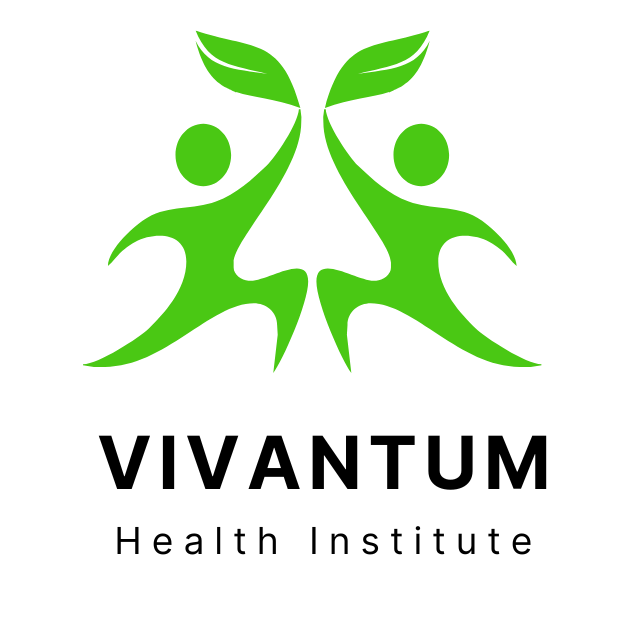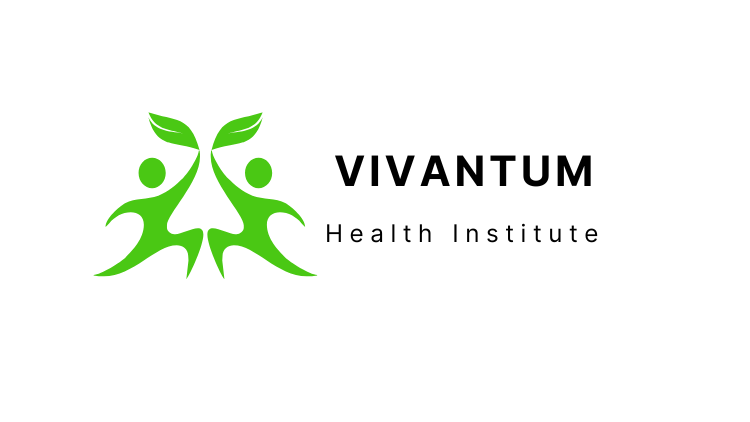It’s an undeniable fact: vitamin D is essential for human health. It strengthens our bones, giving them the resilience needed to withstand daily stress. Sunlight and foods rich in vitamin D are not mere luxuries but essential for a robust immune system.
Vitamin D plays a crucial role in our immune system, arming us against infections and diseases with an efficiency we shouldn’t overlook. It also optimizes our nerves, ensuring every signal is transmitted and received with precision.
When it comes to muscle function, vitamin D provides us with the strength and agility needed for daily activities, a reliability we can count on.
We have two types to choose from: vitamin D2, from plant sources, and vitamin D3, synthesized by our skin when exposed to sunlight. Of the two, vitamin D3 is the more effective variant, a point that’s beyond dispute.
Vitamin D might be wrongly classified as a vitamin when, in fact, it acts as a hormone vital to various bodily functions, activated by ultraviolet light exposure.
Therefore, we must recognize with all seriousness that our health heavily relies on adequate vitamin D levels. This is especially relevant in environments with limited sunlight exposure. Vitamin D isn’t an optional supplement but a necessary component for good health.
We should acknowledge this science and act accordingly, ensuring sufficient vitamin D intake so our bodies can function optimally. This is a serious matter: vitamin D is the silent pillar supporting our overall health.
While sunlight is an excellent natural source of vitamin D, the risks of excessive UV exposure, such as skin cancer and premature aging, are well-known. Therefore, balancing sufficient natural sunlight with skin protection is essential.
Beyond the previously mentioned food sources, there are other ways to get enough vitamin D. Certain foods and drinks are fortified with vitamin D, including some cereals, juices, and dairy products. Reading food labels can help identify products with extra vitamin D, a helpful option for those who get insufficient sun exposure or follow diets low in natural vitamin D sources.
Here are a few additional foods and their vitamin D content: Fortified cereals: amounts vary, so it’s important to check the label. Fortified orange juice: about 2.5 micrograms per 100 milliliters. Fortified milk: may vary from 1 to 2.5 micrograms per 100 milliliters, depending on the product. For vegetarians and especially vegans, obtaining enough vitamin D from food can be challenging, as most natural sources are animal-based. Fortified foods or supplements can be crucial in ensuring adequate vitamin D intake.
Additionally, vegan options like plant-based milk alternatives (almond milk, soy milk) also contain vitamin D.It’s important to remember that vitamin D needs may vary with factors such as age, body weight, skin color, sunlight exposure, and individual health status. For example, older adults and people with darker skin require more vitamin D because their bodies produce it less efficiently. They may benefit more from vitamin D-rich foods or supplements.
For those considering increasing their vitamin D intake with supplements, it’s wise to do so under the guidance of a nutritionist or physician. They can help determine the proper dosage and type of supplement for your specific needs, as well as discuss potential interactions with other medications.In conclusion, total dietary strategies for managing vitamin D levels should not rely solely on natural sun exposure and diet but should also consider supplementation as an option when natural sources aren’t sufficient.
Vitamin D plays a crucial role in our health, from supporting the immune system to regulating calcium in the blood, which is essential for strong bones and teeth.
The recommended daily allowances (RDA) by the Health Council are based on what’s needed to maintain good bone and muscle health:
- Infants and children: 10 mcg per day
- Pregnant and breastfeeding women: 10 mcg per day
- Adults and children over 4 years old: 10 mcg per day
- People aged 70 and over: 20 mcg per day
Upper tolerable limit: 100 mcg per day
Empty space, drag to resize
However, orthomolecular medicine suggests that some people may need 50 to 100 mcg daily, or even more, to achieve optimal health benefits, though there is consensus that a toxic dose starts at a daily intake of 250 mcg. The Health Council recommends a blood level of vitamin D at 30 nanomoles per liter for the general population and 50 nanomoles per liter for those over 70. Yet, many vitamin D experts worldwide claim that a higher blood level of at least 75 nanomoles per liter is necessary for overall health.
Vitamin D affects more than just bone and muscle health. It’s also involved in immune function, reduces inflammatory responses, and research suggests it may help prevent certain chronic diseases. These insights suggest that many people could benefit from higher vitamin D doses than currently recommended.To maintain vitamin D levels above 75 nanomoles per liter, most adults need between 25 and 75 micrograms (1000–3000 IU) daily.
Specific groups like the elderly or those with overweight may require higher amounts. However, it’s essential to adjust these levels to individual needs and circumstances and to undergo regular blood tests to ensure levels don’t become too high.If vitamin D levels are too low, temporarily supplementing at a higher dose may be considered, but always under the recommendation and guidance of a professional. Excess vitamin D can also have harmful effects, such as hypercalcemia (elevated blood calcium levels), which can cause other health issues.
Empty space, drag to resize
In summary, the importance of vitamin D extends beyond just maintaining strong bones and muscles. Optimized vitamin D levels may play a key role in overall health. Understanding and adjusting vitamin D supplementation according to individual needs, with professional guidance, is therefore essential.
For more detailed information and the latest updates on vitamin D and health, visit
Vitamin D and Me.


